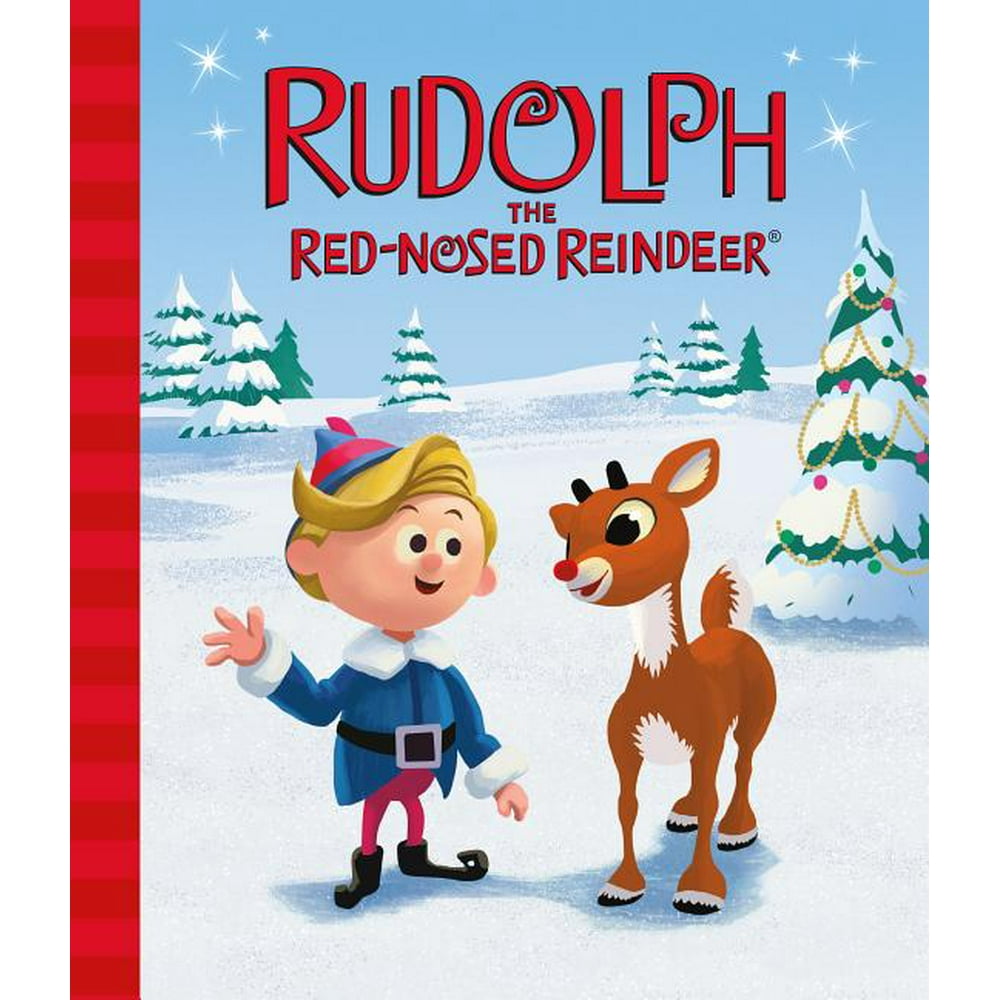
The beloved Christmas tale of Rudolph, the reindeer with a shining nose, has captivated generations with its message of acceptance and individuality. However, beyond the charming narrative lies a deeper exploration of social norms, prejudice, and the transformative power of embracing differences. This news article delves into the complexities of Rudolph’s story, examining various perspectives and providing insights into its relevance in today’s society.
Rudolph was first introduced in 1939 by Robert L. May, an advertising copywriter for the department store Montgomery Ward. The character was created as a promotional giveaway, aimed at attracting children to the store’s Christmas shopping events. May’s inspiration for Rudolph came from a nostalgic childhood memory of a reindeer with a slightly crooked tooth.
The original story of Rudolph faced initial resistance due to the protagonist being different from other reindeer. However, public demand eventually prevailed, and the tale became a beloved Christmas classic.
At the heart of the Rudolph story is the theme of social norms and prejudice. Rudolph’s shining nose sets him apart from the other reindeer, making him an object of mockery and ridicule. This mirrors the experiences of many individuals who face discrimination due to their physical appearance, beliefs, or identities.
The story highlights the consequences of exclusion and the pain inflicted upon those who do not conform to societal expectations. However, it also offers a hopeful message of acceptance and change.
Despite the initial resistance towards Rudolph, he eventually wins the respect and admiration of his peers. This underscores the importance of acceptance and inclusivity in society. Embracing differences enriches communities and fosters a sense of belonging.
Rudolph’s story reminds us that true beauty and worthiness lie within our uniqueness. It challenges us to question our prejudices and to celebrate the diversity that makes us human.
Cultural studies scholars have analyzed the Rudolph story from various perspectives. Some argue that the character represents the acceptance of marginalized groups into mainstream society. Others interpret it as a critique of consumerism and the commodification of Christmas.
While the story can be interpreted in multiple ways, it consistently highlights the need for acceptance, tolerance, and individuality.
Rudolph’s story has resonated with audiences around the world, transcending cultural boundaries. In many countries, the character has become a symbol of hope, diversity, and the importance of embracing differences.
In today’s increasingly interconnected world, where prejudice and discrimination persist, Rudolph’s message remains relevant. It reminds us that acceptance and inclusivity are essential for building a just and equitable society.
The Rudolph story has been widely used in educational settings to teach children about acceptance, diversity, and empathy. Through interactive activities, role-playing, and discussions, educators use the tale to foster dialogue and critical thinking about these important topics.
By exposing children to messages of tolerance and acceptance at a young age, we can help create a society where all individuals feel valued and respected.
The Extraordinary Tale of Rudolph, the Reindeer with a Shining Nose, is a multifaceted narrative that explores the complexities of social norms, prejudice, and the transformative power of acceptance. By examining different perspectives, engaging with research, and highlighting its relevance today, we gain a deeper understanding of its significance and the lessons it imparts.
Rudolph’s story serves as a timeless reminder that valuing individuality, celebrating diversity, and embracing our differences are essential for creating a more just and equitable world. As we navigate the challenges of the 21st century, the message of Rudolph’s shining nose continues to inspire us to embrace the power of acceptance and to strive for a society where everyone belongs.
